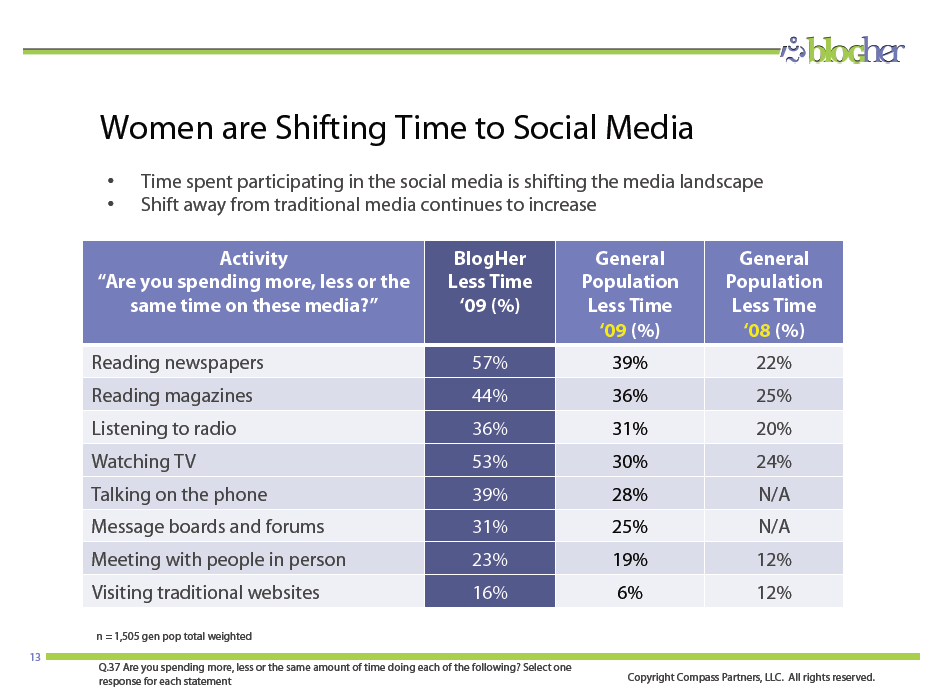If we can believe in a recent study ‘Beyond advertising: Choosing a Strategic Path to the Digital Consumer‘ by IBM Institute for Business Value, then ad agencies are years behind in catching up to digitally savvy consumers – although consumers are moving their media consumption online more quickly than anybody could have expected.
Now, despite the difficult economic climate there are some good news for the digital industry: IBM’s study states that interactive, measurable formats will be expected to account for 20% of global ad spending by 2012. The interviewed CMOs said they will increase interactive and online marketing spending in 2009 while 63% while 65% will decrease on traditional advertising. Generally speaking, the same trend that we acknowledged from the latest CMO report.
So, what are further interesting findings? Between 2007 and 2008 the proportion of consumers answering they used social-networking tools went up to 60% (from 33%). It even doubled for for online and portable music services to 46% and almost tripled for mobile internet. And believe it or not, the access to mobile music and video quadrupled to 35%.
Seeing these numbers, it is surprising that 80% of the interviewed ad executives forecast the industry to be at least five years away from being able to deliver whatever might be necessary in terms of cross-platform advertising, encompassing sales, delivery, measurement and analysis.
The problem seems to be the agencies according to study co-author Saul Berman, IBM global leader, strategy and change consulting services. Agencies need to identify and keep pace with the value shift in order not to loose out the same way the music industry did, he summarizes.
“To succeed — especially in the current economic environment — media companies will need to develop a new set of capabilities to support the industry’s evolving demands which include micro targeting, real-time ROI measurement and cross-platform integration,” said Saul Berman, IBM Global Leader for Strategy and Change Consulting Services, and co-author of the new study. “Now is the time for companies to move quickly to become more effective with their assets and build for the future.”
Spot On!
Watching the last decade, companies and agencies followed their customer audience and pushed their budgets to more interactive, measurable formats such as the internet and mobile (gaining 20% of the overall spend). This is not surprising as digital advertising enables advertisers to measure more effectively campaign success to prove the value of their budgets.
In terms of platform owners it shows that these need to identify new opportunities to monetize new consumer experiences before it is too late like the music industry has shown. The options are obvious: value of content, visual goods sales, value-added services plus hardware or software offerings.
For this study IBM conducted 70 interview sessions with global industry execs and surveyed more than 2,800 consumers in Australia, Germany, India, Japan, the U.K. and the U.S.
 Do you know how many Tweets we have for now worldwide? 5 billion (in the form of a reply to another user)! Caroline McCarthy (CNET) wrote about a company called Gigatweet that has been measuring the service for some time now… and sometiomes you ask yourself: Do we really have to waste the bandwidth by sending out so many Tweets?
Do you know how many Tweets we have for now worldwide? 5 billion (in the form of a reply to another user)! Caroline McCarthy (CNET) wrote about a company called Gigatweet that has been measuring the service for some time now… and sometiomes you ask yourself: Do we really have to waste the bandwidth by sending out so many Tweets?





